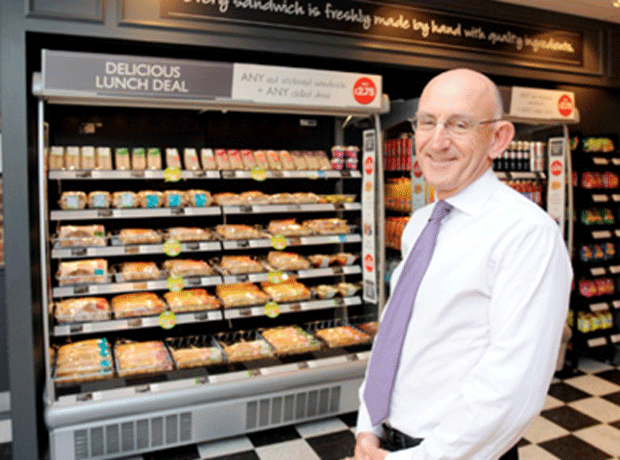
In 2011, Greggs was bombing along. CEO Ken McMeikan was behind the wheel, sales were up, pre-tax profits were growing 8% and it opened a record 68 new stores, including the posh Greggs Moment coffee shop concept. Greggs had also successfully diversified into wholesale, shifting millions of frozen sausage rolls via Iceland. McMeikan told The Grocer that since 2008 he had grown the business by 45%. And the triumphant victory over the infamous pasty tax was yet to come.
Fast forward to 2013 and McMeikan is gone. So are the good times. Until 2012 Greggs enjoyed a perfect record of like-for-like growth, but in May 2012 there was a 1.8% dip. They haven’t been positive since. In April 2013, like-for-like sales dropped 4.4% and new CEO Roger Whiteside announced a profit warning. Shares tumbled, wiping £68m off the value of the high street baker. They are currently at their lowest for four years. Greggs’ half-year pre-tax profits are down 29% on 5 August with like-for-like sales down 2.9%.
So, perhaps unsurprisingly, when announcing the latest drop in like-for-like sales last week, Whiteside, who took over in February, also announced a change in direction. The experimental new formats, including Greggs Moment, are dead in the water. The frozen wholesale operation has been, well, frozen: despite huge success at Iceland, it won’t roll out into any new supermarkets. And store openings will be slashed to between 20 and 30 next year.
“We don’t want Greggs in freezers to become ubiquitous, and we don’t want it to impair sales of food on the go”
Roger Whiteside
In short, Greggs is hunkering down, replacing the experimental strategy of the last couple of years with a back-to-basics model.
So has Whiteside got it right? Is it wise to curtail the success of the stellar-selling frozen range? And will the new strategy boost flagging sales?
Rather than a radical change of strategy, Shore Capital analyst Darren Shirley believes it’s more accurate to view the changes as a simplification of the overall operation. “It brings focus. They had many different formats, which might even have become a distraction,” he says. “What they are doing is bringing the best elements of them together and getting behind them with some momentum. That will be the core strategy over the next two years.”
That also means sidelining wholesale. Although it was hailed by Greggs as a bright spot back in April, any deals with other supermarkets have been abandoned and a planned second factory to handle any increase in capacity has been scrapped. Shirley says it’s another example of Greggs retaining focus, as well as reining in spending.
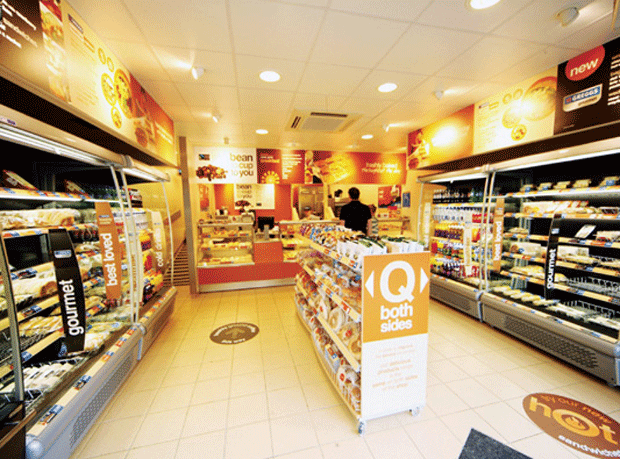
“Holding back from engaging with another major retailer means it doesn’t have to spend £15m on a new facility. They are showing a lot more capital discipline. I wasn’t too disappointed with the decision because the core business needs to be the focus. The like-for-like sales need to be improved.”
Fears the frozen lines might cannibalise existing stores have also been realised as the range has grown and word has spread. “It’s been very successful, but we sell fewer of these products in some stores in close proximity to an Iceland,” admitted Whiteside last week. “We don’t want Greggs in freezers to become ubiquitous, and we don’t want it to impair sales of food on the go.”
So can the new pared down operation and greater focus on the core operation revive them?
Another industry analyst is cautious but thinks Whiteside is going the right way about it. He says after the profit warning Greggs didn’t seem to understand what the issues were, but the decisive nature of these changes suggests they are on track. “They have grabbed the bull by the horns,” he says. “When he came in Whiteside was all about evolution not revolution, but the weak trading over his first three months sped that up. Given the challenges they face, that acceleration makes sense. Whiteside should be applauded for that. But the jury is still out on whether the new strategy will deliver a return to growth.”



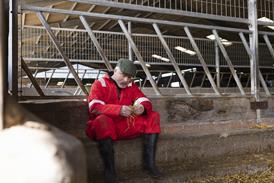




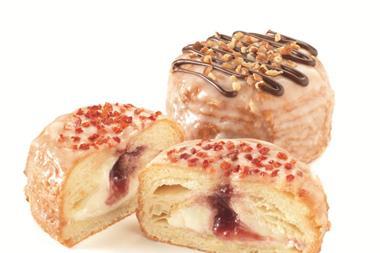
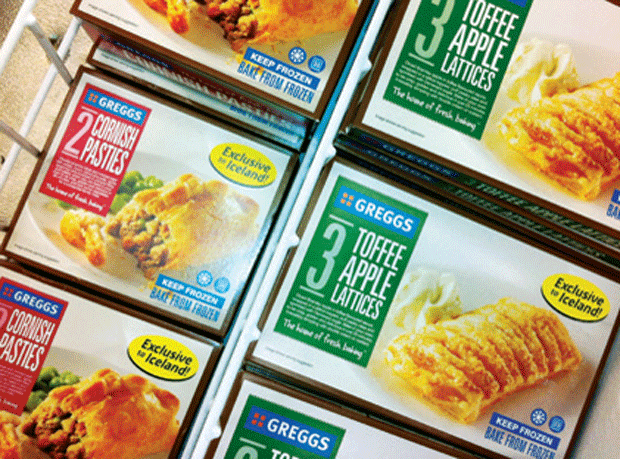








No comments yet